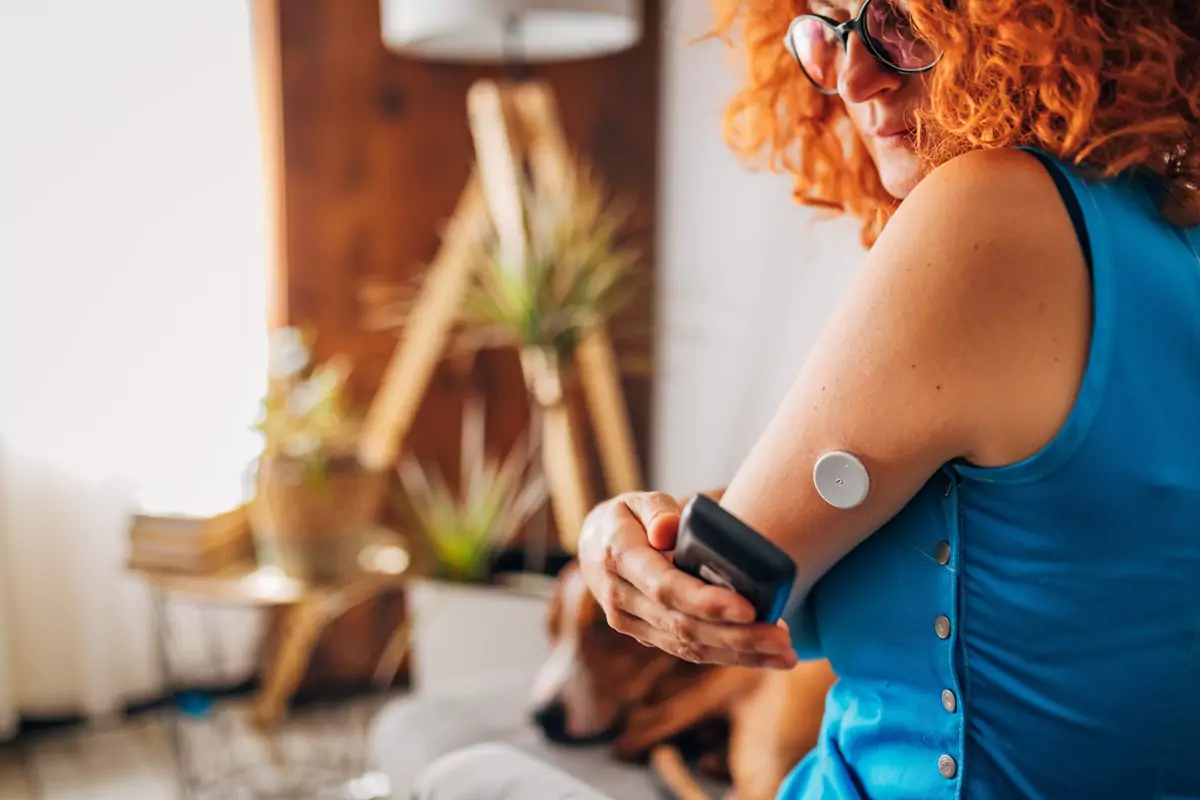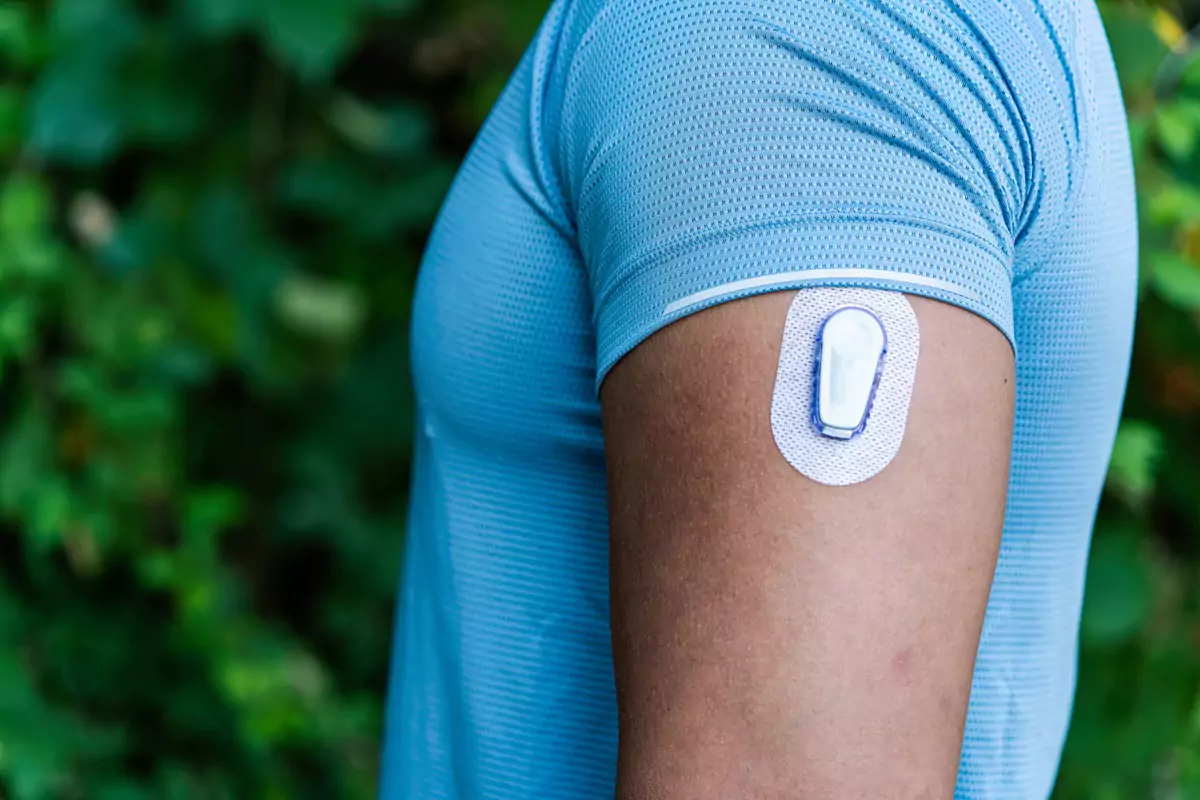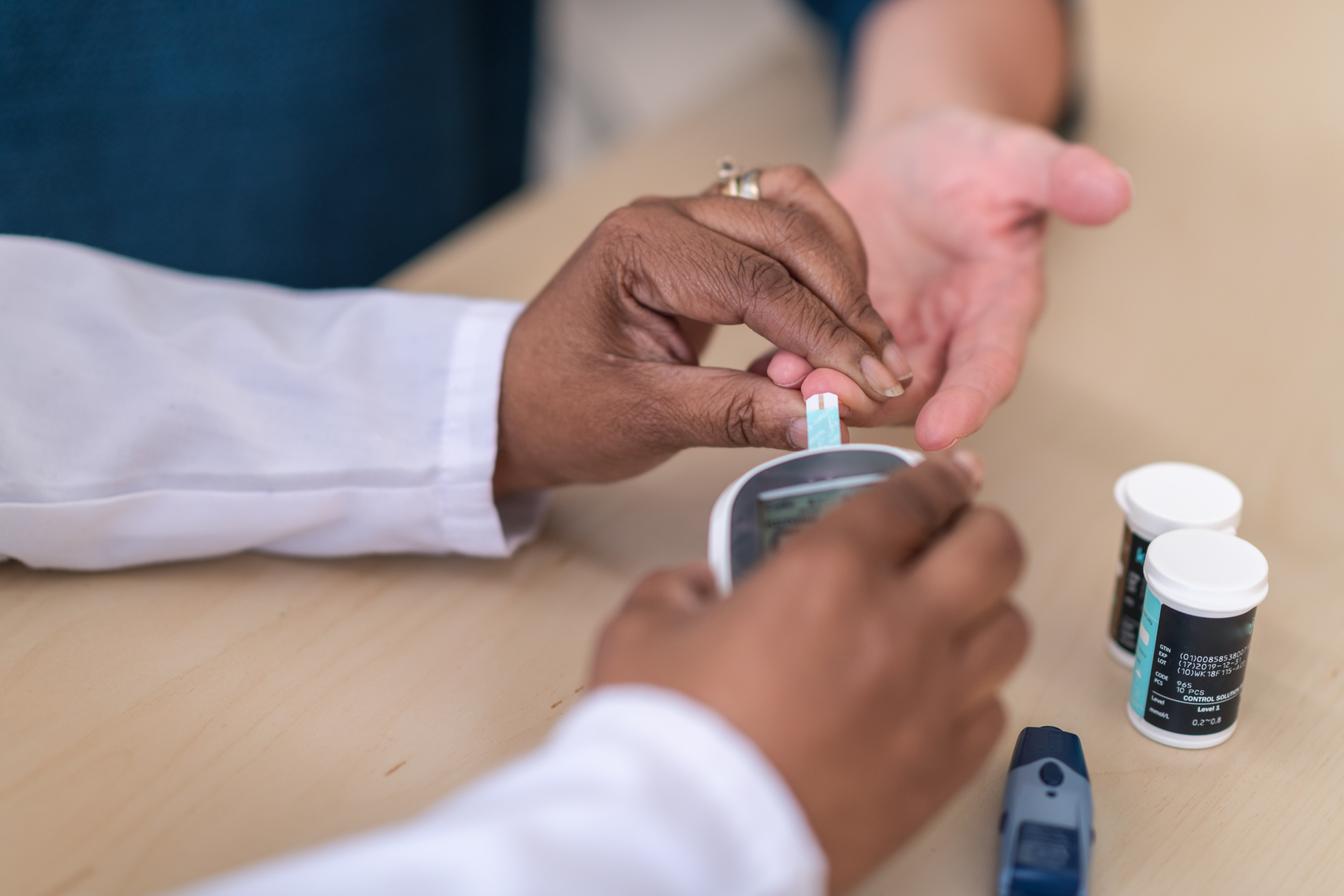




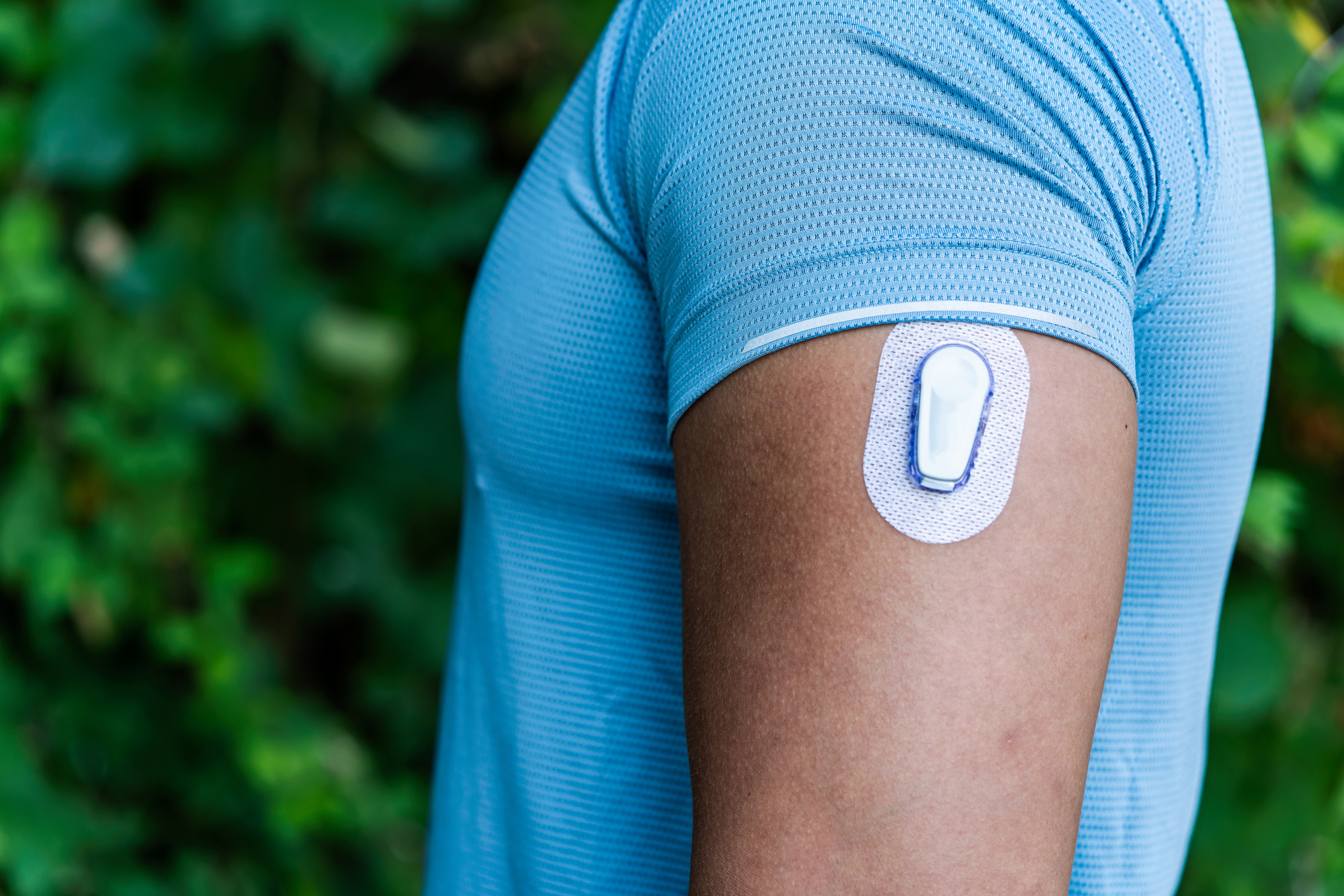
Is Dexcom G6 expensive: Understanding the Value of G6


As the prevalence of diabetes continues to rise globally the need for effective and efficient glucose monitoring systems is more important than ever. One such system that has gained significant attention is the Dexcom G6 Continuous Glucose Monitoring (CGM) system. But a question that often arises is, "Is Dexcom G6 expensive?"
The Dexcom G6: A Revolution in Diabetes Management
The Dexcom G6 is a revolutionary device that allows individuals with diabetes to monitor their glucose levels in real-time, without the need for routine finger pricks. It provides alerts when glucose levels are too high or too low and even shares data with up to five people for added support. But with such advanced technology, many wonder about the cost implications.
The Unrivalled Value of the Dexcom G6
In the world of diabetes management the Dexcom G6 is a shining star. It offers unparalleled convenience and control, giving people with diabetes the tools they need to manage their condition effectively.
The Dexcom G6 provides real-time glucose readings, enabling users to make informed decisions about their diet, exercise and medication. But that's not all. The Dexcom G6 also comes with a high and low glucose alert system.
This feature sends immediate alerts when glucose levels cross predetermined thresholds. These alerts can be customized to suit individual needs, providing an extra layer of safety. For those with a history of hypoglycemia unawareness, this feature can be a lifesaver.
One of the most groundbreaking features of the Dexcom G6 is its predictive low glucose alert. This advanced feature can provide a warning up to 20 minutes in advance of a severe low glucose event, giving users ample time to take corrective action.
Understanding the Cost of Dexcom G6
But let's get back to the question at hand: "Is Dexcom G6 expensive?" To answer this, we need to delve deeper into the cost structure of the Dexcom G6 the insurance coverage options and the potential out-of-pocket expenses you might incur. The Dexcom G6 system is made up of several components, each with its own cost. The initial cost is associated with the Dexcom G6 starter kit which includes the CGM receiver, a transmitter and a set of sensors.
While the price of this starter kit might seem high, it's a one-time investment that lays the foundation for your continuous glucose monitoring. The ongoing costs associated with the Dexcom G6 primarily revolve around the sensors and the transmitter.
The sensor which measures glucose levels in the interstitial fluid, needs to be replaced every 10 days. The cost of these sensors can add up over time, but their role in providing real-time glucose readings is invaluable.
The transmitter, another crucial component of the Dexcom G6 system, needs to be replaced every three months. This device sends the glucose data from the sensor to the display device. While this is an additional cost to consider the role it plays in the seamless functioning of the Dexcom G6 system cannot be overlooked.
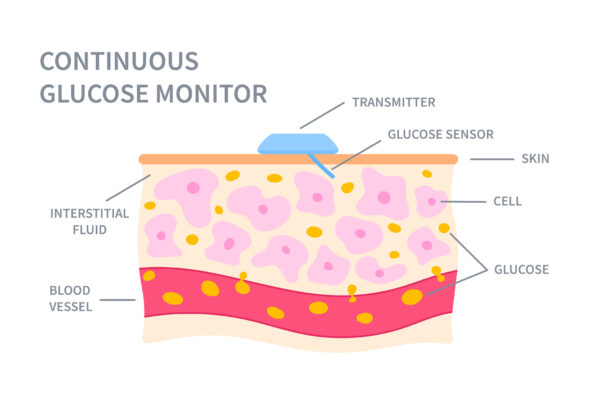
Continuous glucose sugar monitor. Glucometer wireless transmeter. CGM device on patient's skin. Measurement of blood glucose level. Vector illustration.
Insurance Coverage and Out-of-Pocket Expenses
Insurance coverage can significantly reduce these costs. Many insurance plans, including Medicare, cover the Dexcom G6. However, the extent of coverage can vary from one plan to another and it's crucial to check with your insurance provider to understand your coverage details. Out-of-pocket expenses can also vary.
These costs depend on your insurance plan's deductible, co-pay and co-insurance rates. It's also worth noting that Dexcom offers a patient assistance program for those who meet certain eligibility criteria which can help reduce the financial burden.
The Value Beyond the Price Tag
In conclusion, while the Dexcom G6 does come with a cost, it's important to consider the value it provides in managing diabetes. The convenience, control and peace of mind it offers can be life-changing for many individuals with diabetes. If you're still wondering, "Is Dexcom G6 expensive?" and want a more detailed breakdown of the costs, insurance coverage options and ways to manage the expenses, we recommend reading this comprehensive guide on how much Dexcom costs and which insurances cover Dexcom.
This guide provides a thorough understanding of the financial aspects of Dexcom G6, helping you make an informed decision about whether it's the right choice for you.
Remember, managing diabetes is not just about monitoring glucose levels; it's about improving your quality of life. And with the Dexcom G6, you can take a significant step towards better diabetes management.
The Dexcom G7: The Next Generation in Diabetes Management
The Dexcom G7 is the latest innovation in the field of continuous glucose monitoring (CGM) systems. Launched in the United States on February 17, 2023, the G7 has been designed to offer greater accuracy, a smaller size, easier insertion, and more advanced features compared to its predecessor, the Dexcom G6.
About The Author
Meet Dr. Ahmet Ergin a highly skilled and dedicated endocrinologist with a passion for diabetes care. Dr. Ergin earned his medical degree with honors from Marmara University in Istanbul. He completed internal medicine residency and endocrinology fellowship at Cleveland Clinic.
Dr. Ergin is board-certified in Internal Medicine, Endocrinology, Diabetes and Metabolism due to his vast medical expertise. He's a certified diabetes educator, author of "The Ultimate Diabetes Book," and founder of "the SugarMD YouTube channel."
Dr. Ergin offers exceptional diabetes care to his patients in Port Saint Lucie, FL, helping them manage effectively. Disclaimer: These statements have not been evaluated by the Food and Drug Administration. Information on this website isn’t intended to treat, cure or prevent any disease. Discuss with your doctor and do not self-treat.
Written By Dr. Ahmet Ergin
461 total articles
Meet Dr. Ahmet Ergin, a highly skilled and dedicated endocrinologist with a passion for diabetes care. Dr. Ergin earned his medical degree with honors from Marmara University in Istanbul. He completed internal medicine residency and endocrinology fellowship at Cleveland Clinic. Dr. Ergin is board-certified in Internal Medicine, Endocrinology, Diabetes, and Metabolism due to his vast medical expertise. He's a certified diabetes educator, author of “The Ultimate Diabetes Book,” and founder of “the SugarMD YouTube channel.” Dr. Ergin offers exceptional diabetes care to his patients in Port Saint Lucie, FL, helping them manage effectively. For a closer look into his insights and experiences, connect with Dr. Ahmet Ergin on LinkedIn, Instagram, and YouTube.”
Disclaimer: These statements have not been evaluated by the Food and Drug Administration. Information on this website isn't intended to treat, cure or prevent any disease. Discuss with your doctor and do not self-treat.
Products









